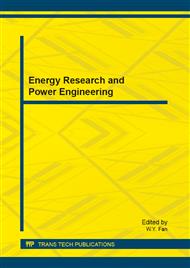p.945
p.949
p.955
p.961
p.966
p.971
p.975
p.980
p.984
Vibration Analysis and Control of an Active Power-Train Mount System
Abstract:
In order to improve the property of automotive power-train vibration isolation, reduce the vibration that is transmitted by the power-train to the vehicle chassis, we adopt an active control mount (ACM) which consists of elastic rubber and piezoelectric stack actuator in the system. A hydraulic mechanism is used in the ACM to achieve higher displacements. Through the analysis of the property of the rubber and piezoelectric stack actuator, a mechanical model of the active vibration isolation system with the active mounts is established. An optimal control algorithm is presented for engine vibration isolation system, the controller is designed according to linear quadratic regulator (LQR) theory, the linear quadratic performance index is composed of the vertical acceleration, pitching angular acceleration, and rolling angular acceleration of the chassis and the control signals. Simulation results show that active control system of ACM, effect in reducing body vibration than the passive system is obvious.
Info:
Periodical:
Pages:
966-970
Citation:
Online since:
July 2013
Authors:
Price:
Сopyright:
© 2013 Trans Tech Publications Ltd. All Rights Reserved
Share:
Citation:


